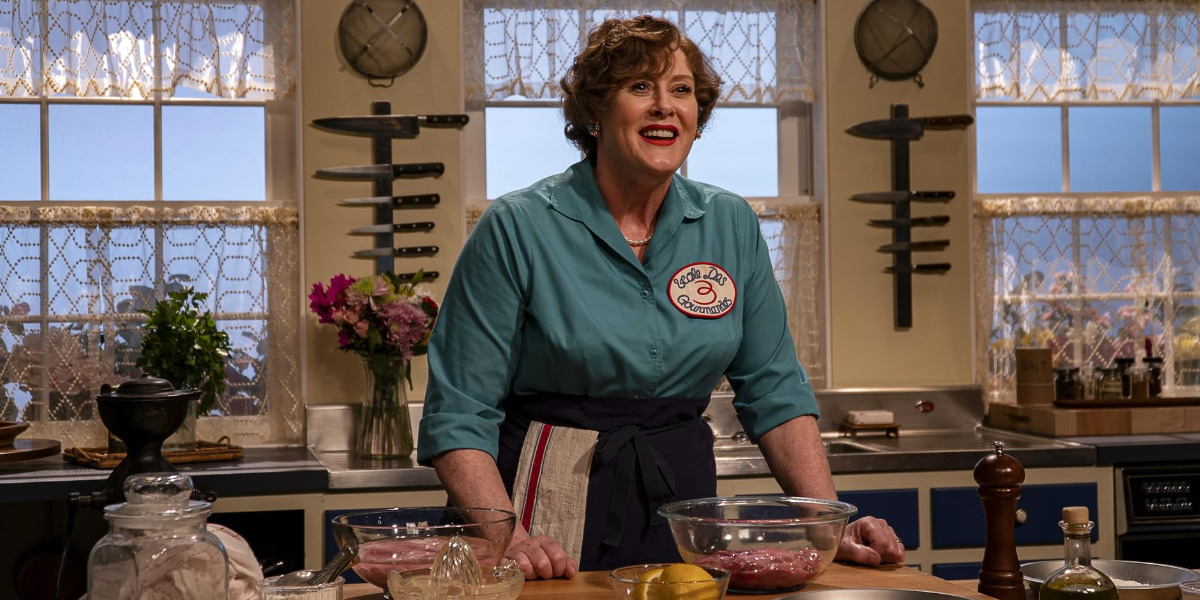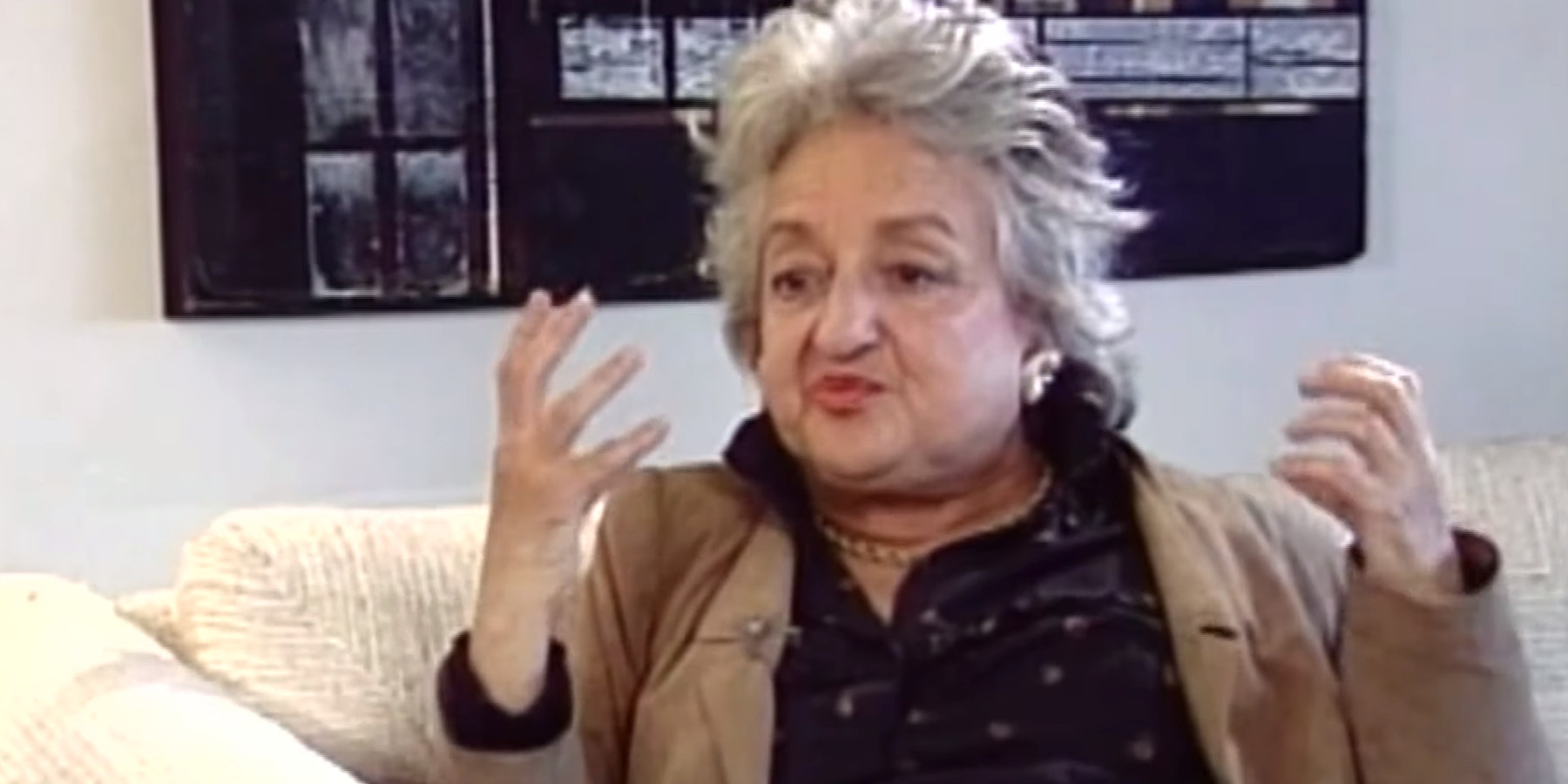The first season of Max’s ‘Julia’ depicts a tale about the beginning of a revolutionary celebrity chef whose weekly cooking show challenged the status quo and made strides for female representation on television. The show takes inspiration from the real-life of Julia Child, whose on-screen counterpart helms the narrative and incorporates many historically accurate details into its storylines, including characters. Alongside characters like Paul Child, Avis DeVoto, and Russ Morash, who were close personalities associated with Julia Child in reality, the show also occasionally allows cameos of notable historical individuals from the 1960s.
Betty Friedan, the famed feminist writer, is introduced as one such cameo in the show. The woman bumps into Julia Child at a dinner event, wherein their conversation takes a sour turn once the writer begins berating the chef for her negative contribution to the feminist movement. Considering the historical implication of such a conversation between two women remembered fondly for their feminist careers, one can’t help but wonder if the interaction has a basis in reality.
Betty Friedan, Julia Child, and Feminism
The exact interaction that transpired between Betty Friedan and Julia Child, in which the former attacks the latter with some choice words of criticism, is not an occurrence recorded in history. Granted, the show presents the instance as a private moment shared in the middle of a public evening. The same implies there would have been no public records of such a conversation on the occasion that it did unfold in real life. Yet, the lack of the same in even personal accounts of Child’s life cements the conversation’s fictionality.

Friedan and Child’s prominent careers co-existed in the same time period. In fact, the former published her book, renowned in feminist literature, ‘The Feminine Mystique,’ the same year as Child’s cooking show ‘The French Chef’ saw its on-air debut. Furthermore, both women attended Smith College but missed each other’s classes by almost a decade. Therefore, considering both women were trailblazing individuals with thriving careers, it’s not entirely unimaginable that their paths could’ve crossed in real life.
Still, whether or not such a meeting would have ended in a dressing down as the one depicted in season one episode seven, ‘Foie Gras,’ can only be left to speculation. “How can these women, who you [Julia Child] have locked in the kitchen, possibly find time for anything else, let alone a career?” says Friedan’s on-screen character in the show.
Historically, Julia Child has had a complicated relationship with feminism. On the one hand, the woman’s mere presence on mainstream television opened many doors for female media representation and compelled providers to create media targeting the female audience specifically. Furthermore, her show also inspired women to take charge and chase their ambitions.
Nevertheless, in the same breath, some of Child’s philosophies and public image were deeply rooted in historically oppressive feminine traits that the feminist movement in the 60s was trying to liberate the population from. An example of the same remains most notable in a television interview from the 70s when a host asked Child about her thoughts on women’s liberation. The celebrity chef replied, “Oh, no – I’m a working woman, but then I really like to prepare a meal for my husband at home and be a good wife.”
Yet, Child’s politics and impact remained pro-feminist, whether it be through supporting Planned Parenthood and, consequently, reproductive rights or creating a notable space for women in a male-dominated industry. The show cleverly addresses this aspect of the woman’s life and career through her chance encounter with Friedan.
Friedan’s character proves to be the perfect narrative tool for the storyline since the writer was known for her modern feminist ideas, which included a focus on women’s independence through careers instead of domestic life. As such, the emotionally charged confrontation between the women reflects the period-setting’s precarious socio-political time and the place the real-life Child occupied within it. Therefore, the interaction, though likely imagined, brings substance and authenticity to Julia’s story while also referencing an interesting historical figure.
Read More: What Does Julia’s Real Voice Sound Like? What is Her Accent?


You must be logged in to post a comment.